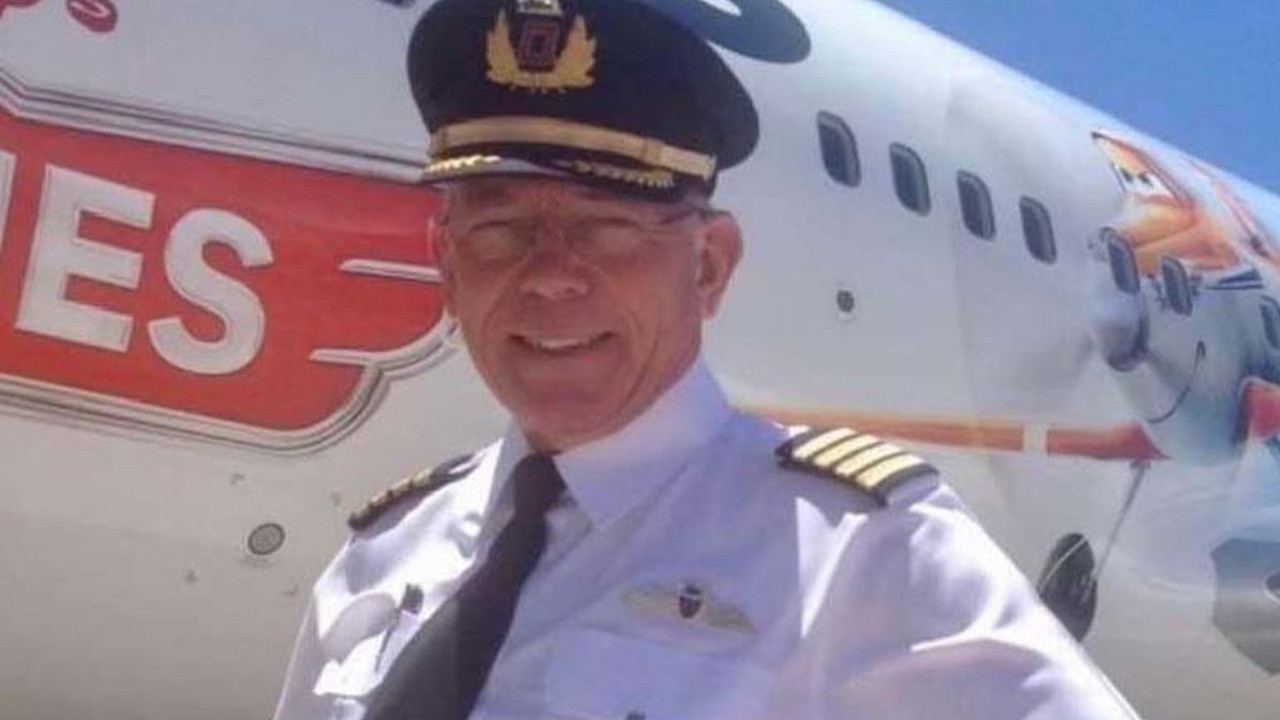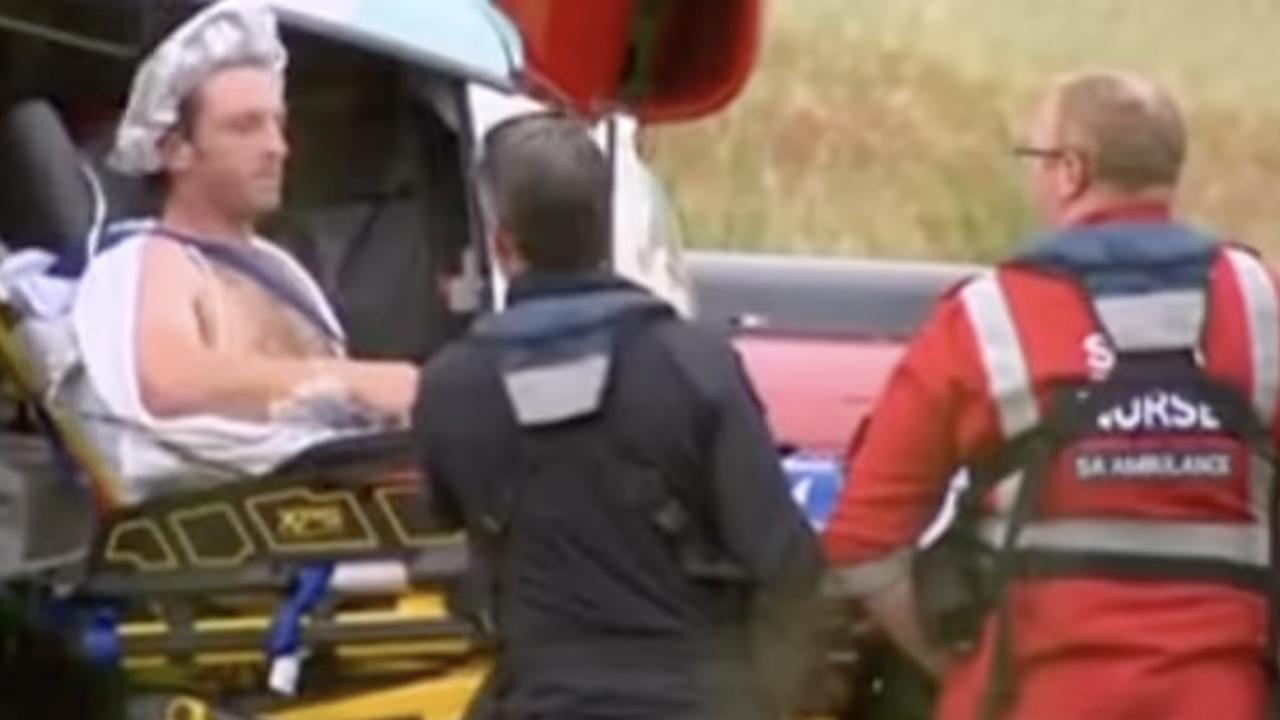MH17: The most heartbreaking part of the final report
IN MORE than 600 pages of MH17 evidence, there is a short passage that succinctly captures the horror of what occurred.
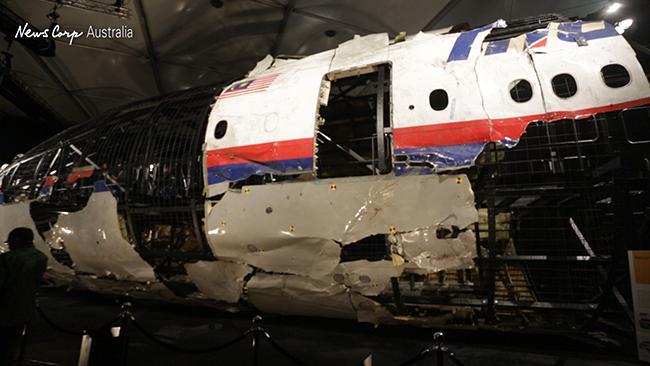
IN the four volumes and more than 600 pages of evidence, there is a short passage that perhaps succinctly captures the heartbreak that is MH17 and raises the worst of fears for anyone who flies.
The section called “3.14 Survival aspects” on page 169 is, like much of the rest of the report, free of emotion as one would expect from a thorough technical report from a 15-month investigation into the last moments of Malaysia Airlines flight MH17 that crashed back to earth on July 17 killing all 298 on board including 38 Australians.
But it nonetheless paints a horrifying disturbing picture that demands somebody be held accountable for the atrocity.
It reveals the passengers and crew were confronted by the detonation of the Buk surface-to-air missile in different ways.
The pilots Wan Amran Wan Hussin of Kuala Kangsar and Chinese-born Eugene Choo Jin Leong and their two copilots died instantly as the cockpit blew up but the aircraft continued flying for another 8.5km, at least another minute and a half before it fully broke up and fell back to Earth.
MH17 SHOCK: ‘We can’t imagine their last words’
MORE: Global police force closing in on MH17 killers
WAR ZONES: How MH17 will change data about flight paths
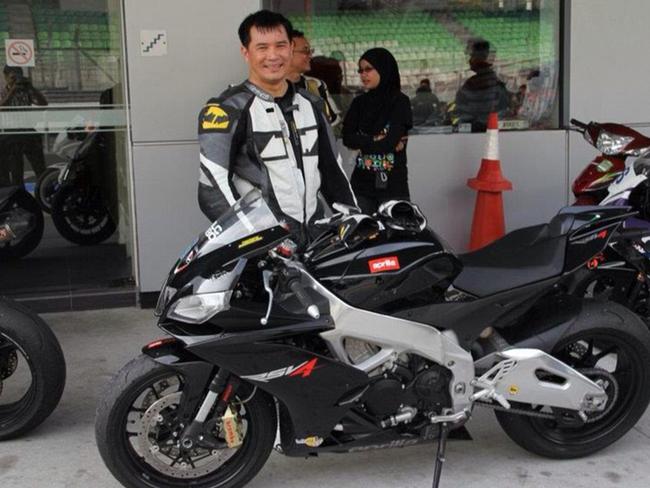
“It cannot be ruled out that some occupants remained conscious for some time during the one to one and a half minutes for which the crash lasted,” the investigators yesterday revealed.
“The Dutch Safety Board deems it likely that the occupants were barely able to comprehend the situation in which they found themselves.”
There was no evidence of conscious last actions, like mobile phone photographs or text messages to loved ones, the report suggest, but there was evidence of “reflexive actions” like grasping of arm rests and the body of one passenger was found wearing an oxygen mask that would have deployed from the cabin roof.
In more technical jargon it describes they would have been exposed to extreme factors of airflow as the aircraft disintegrated, extreme cold and objects flying around that would have caused fatal injury.

The airflow was 900km/hr with investigators for context citing the deadly 2005 Hurricane Katrina as having 282km/hr winds.
“A human being can withstand this kind of airflow but will have difficulty breathing and moving and is entirely caught up by the powerful airflow,” it states.
In short, some on the doomed flight may have been conscious as their aircraft fell from the sky, one section after another.
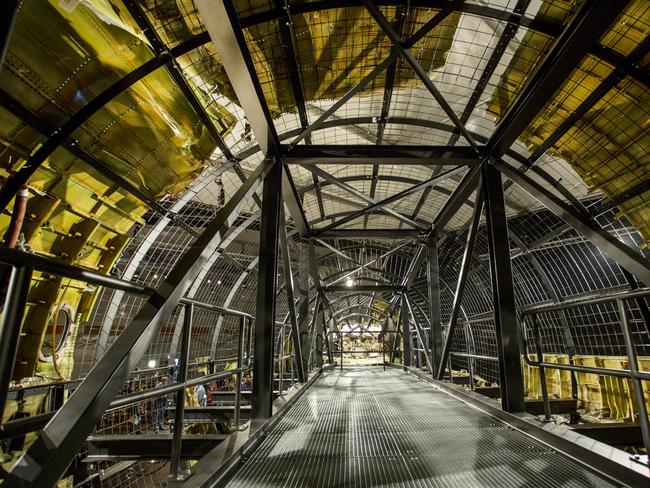
THE FINAL MOMENTS
12.53:29 “Hello Dnipro Malaysian one seven, flight level three three zero
“Malaysian one seven, Dnipro Radar hello, identified, advise … able to climb flight level three five zero?
“Malaysian one seven negative, we are maintain three three zero.
“Malaysian one seven roger.”
Forecast on that day was for thunderstorms and at 13.00 after consulting air traffic control MH17 decided to deviate 6.5 nautical miles, about 12 kilometres, from the flight route before returning five minutes later.
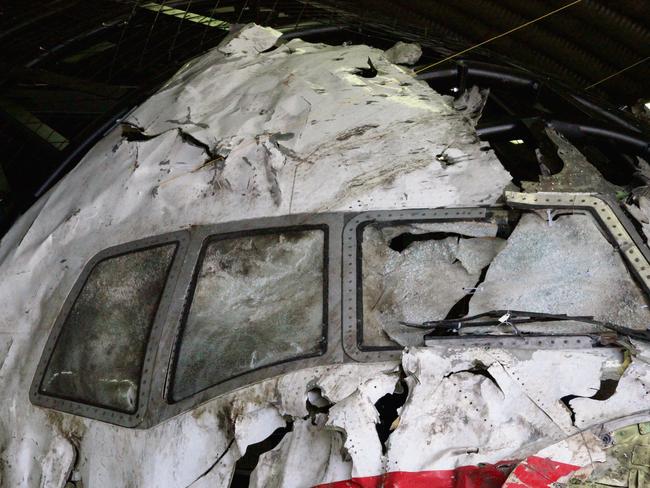
It was a standard practice to deviate and with thunderstorm avoided, the flight resumed a clear course over eastern Ukraine. There were several other aircraft in the area at the time and the MH17 crew settled into the flight as they prepared to be handed over from Ukraine airspace to Russian. Their track would have seen them over the Caspian Sea, over north east Iran, Afghanistan, Pakistan, overhead Delhi before crossing Bay of Bengal and Thailand and into Kuala Lumpur.
There were further control tower queries with Dnipro Radar in Ukraine including a final course confirmation by the doomed aircraft at 13.19:56 but Dnipro would not get an answer and would make five panicked calls to find out why MH17 was no longer responding.
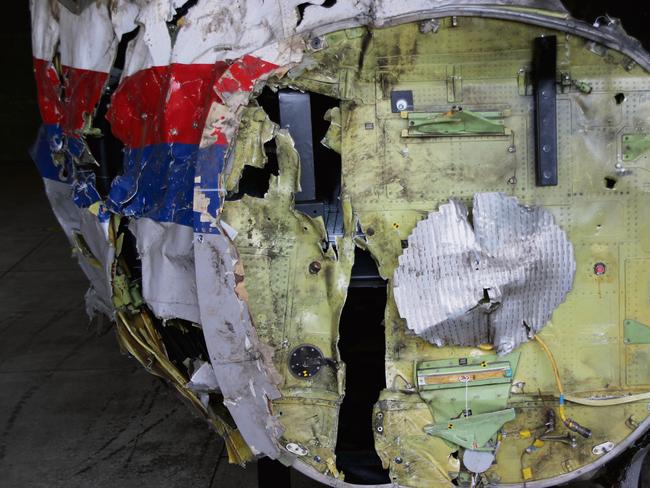
It was at this point a control tower in Russia stepped in and the two discourse who can see what. They then contacted Singapore Airlines flight 351 which was flying nearby to see if it can see anything about but it couldn’t.
Alarms are then raised but the fate of those on MH17 was already sealed.
“Crew communications gave no indication that there was anything abnormal with the flight,” investigators concluded.
“At the very end of the recording two peaks of sound were identified on the last 20 milliseconds of the recording.”
Those sounds starting at 13.20:03 was the warhead being detonated near the left side of the cockpit.

